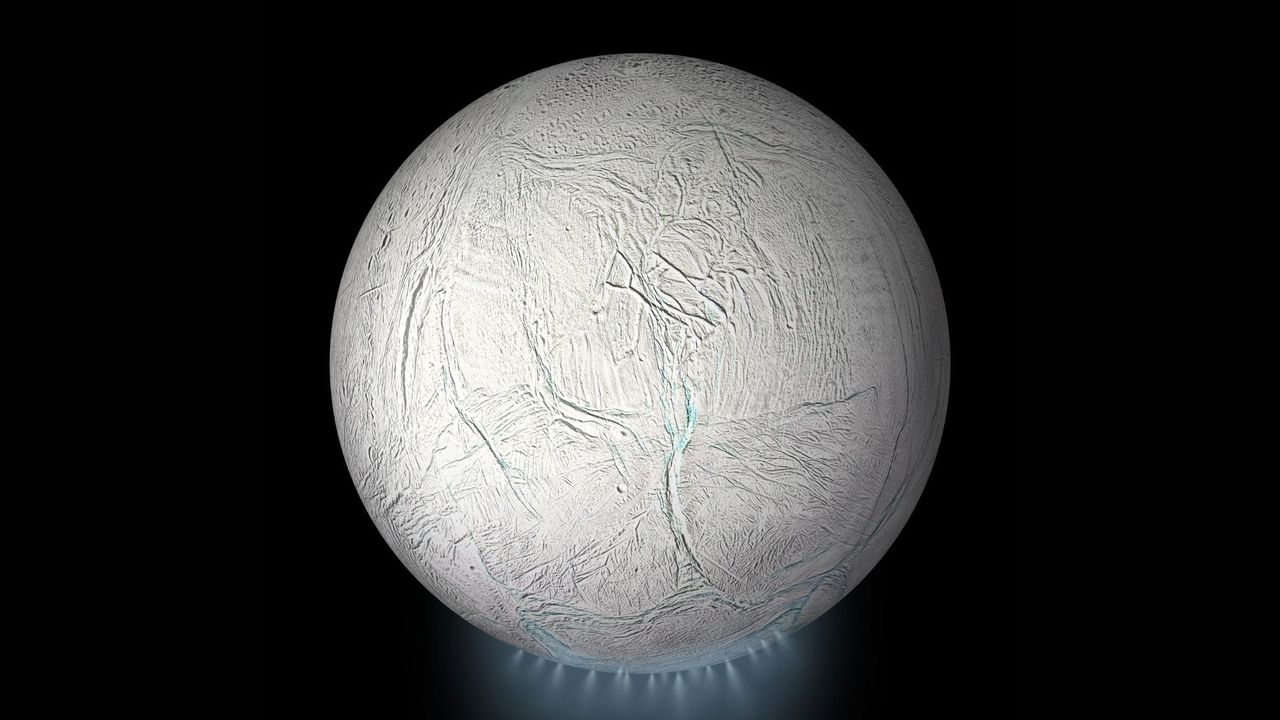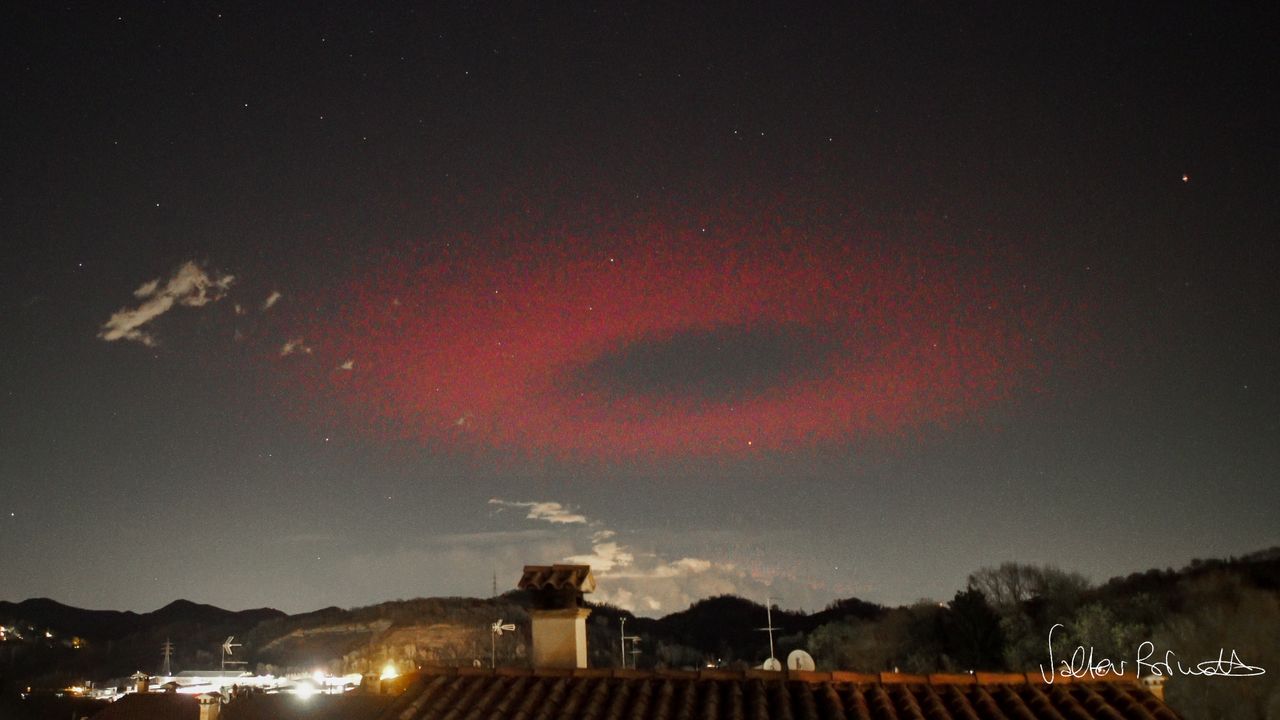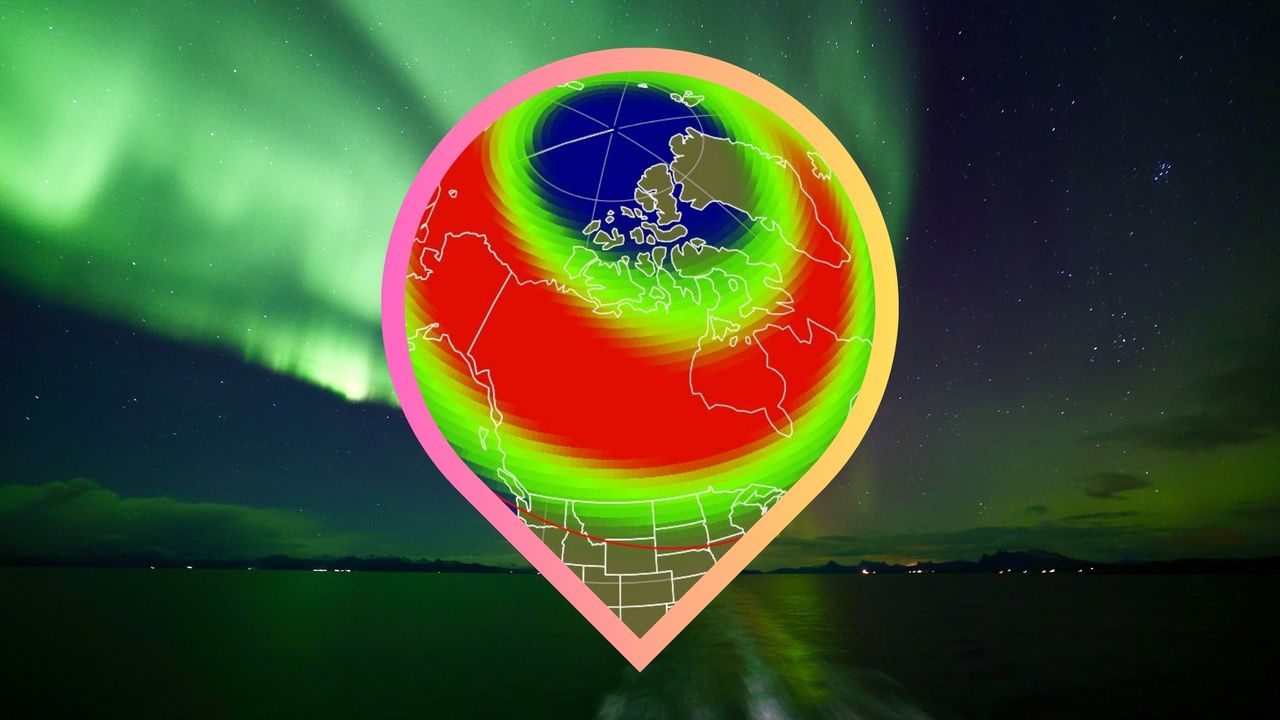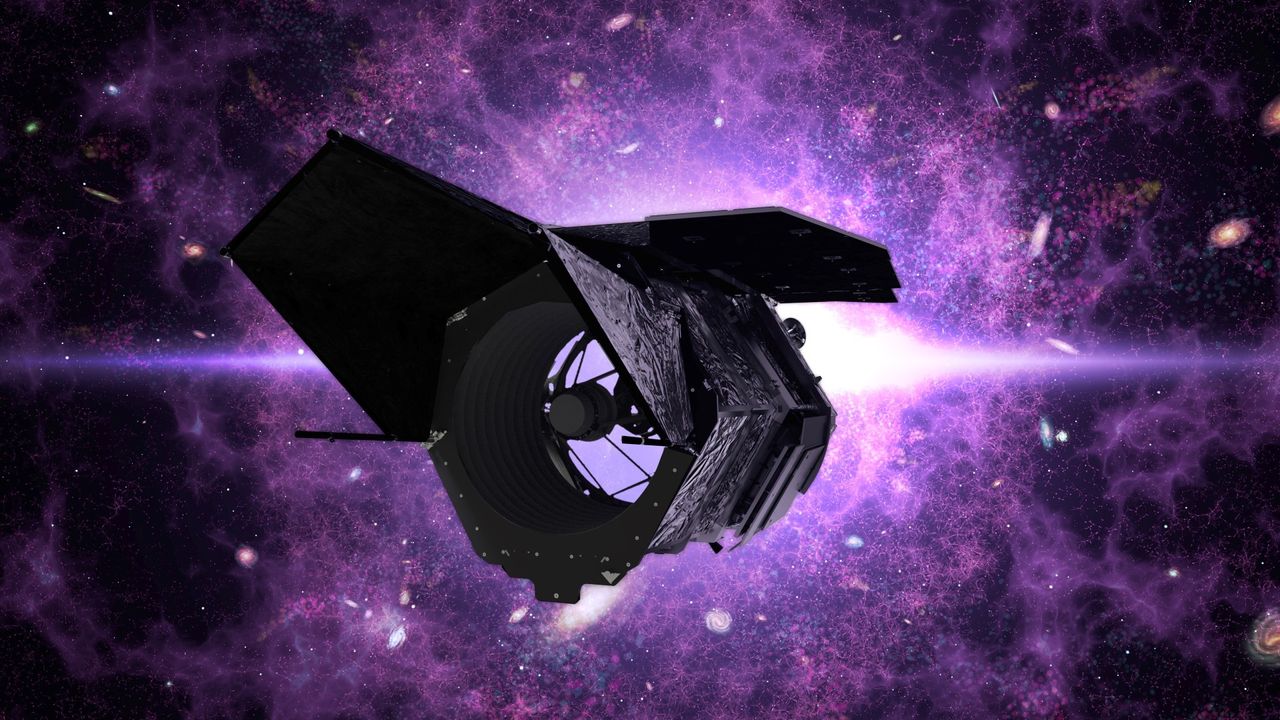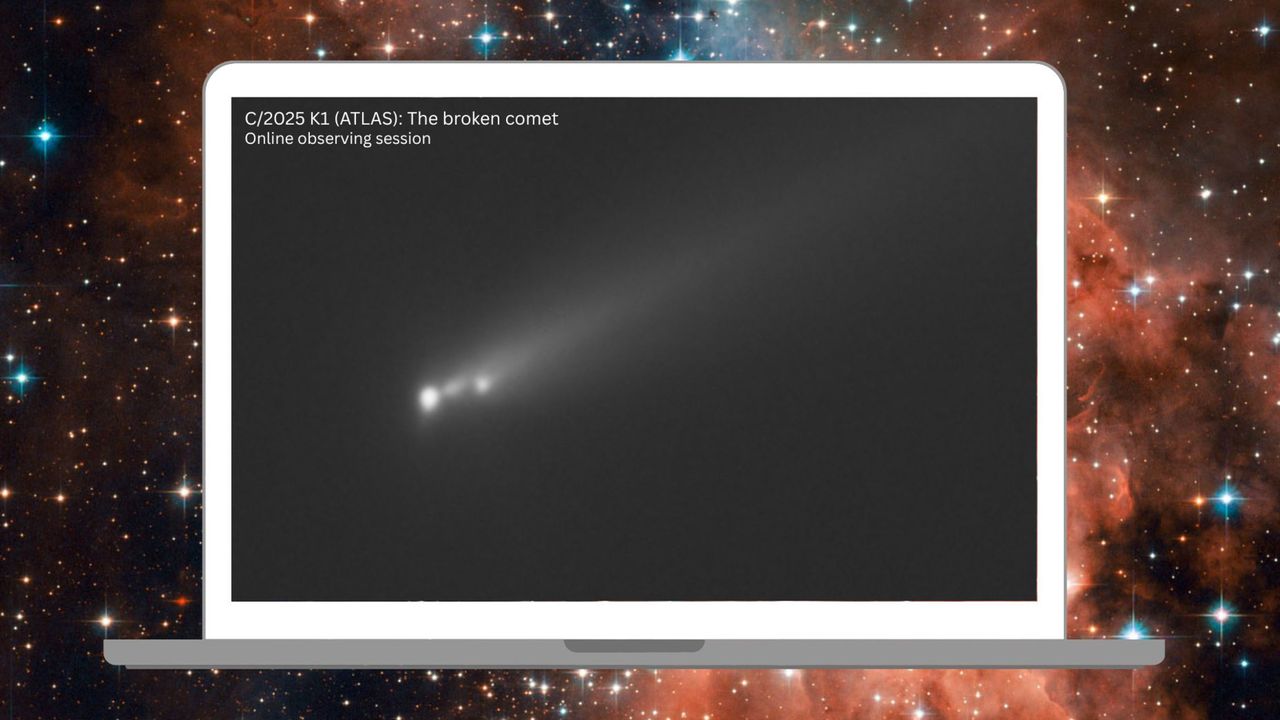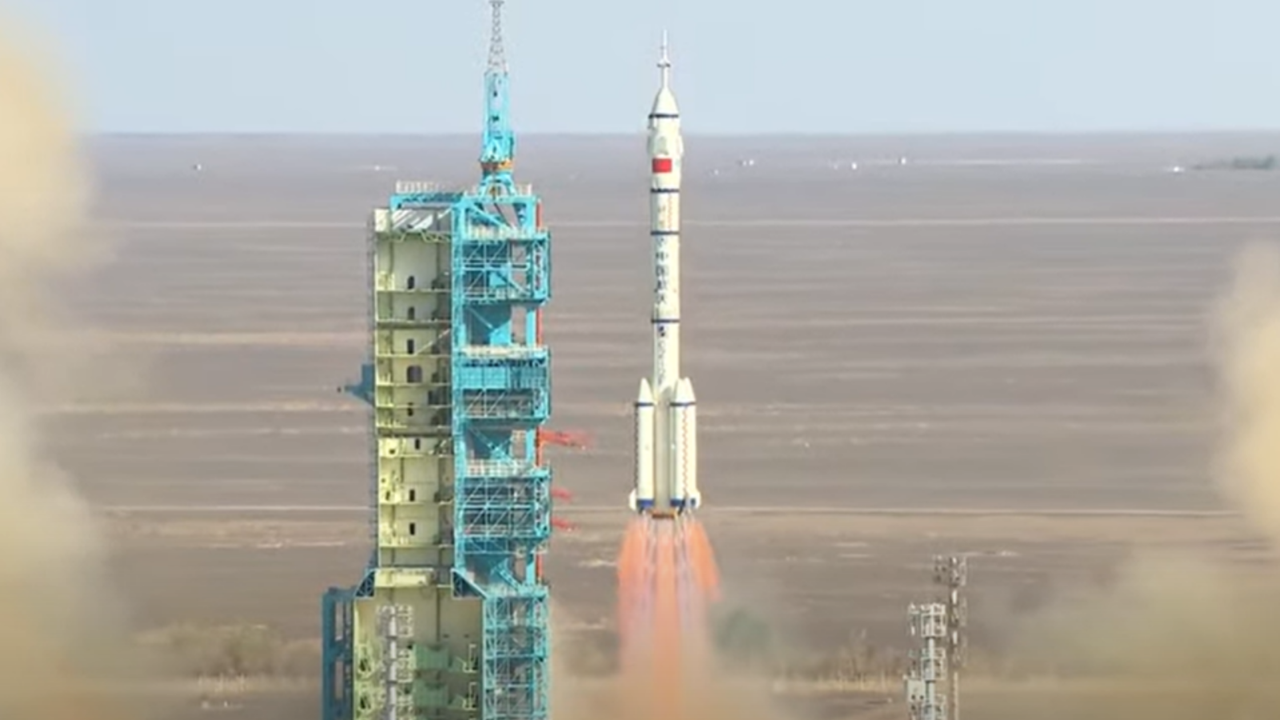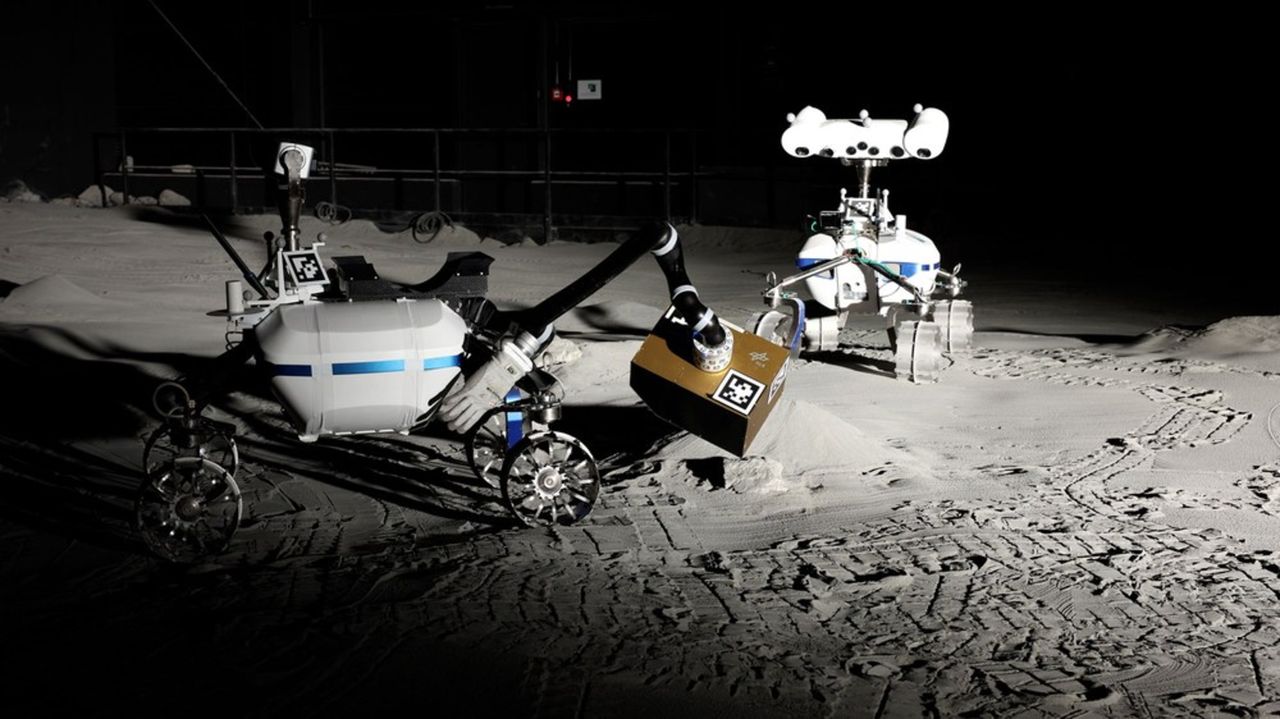Satellite data reveals a huge solar storm in 2024 shrank Earth's protective plasma shield
PositiveScience

- In 2024, the solar superstorm known as Gannon struck Earth, resulting in a dramatic reduction of the planet's protective plasmasphere to just one-fifth of its usual size. This event not only created stunning auroras but also raised concerns about the vulnerability of Earth's magnetic shield against harmful solar radiation.
- The shrinking of the plasmasphere is significant as it underscores the potential risks posed by solar storms to Earth's environment and technology. The incident highlights the need for ongoing monitoring of solar activity and its impacts on our planet's protective layers.
- This event is part of a larger pattern of solar activity, as the sun transitions into a declining phase of its 11-year cycle. Such fluctuations in solar behavior can lead to unexpected solar storms, emphasizing the dynamic relationship between solar phenomena and their effects on Earth, including the potential for increased geomagnetic disturbances.
— via World Pulse Now AI Editorial System
